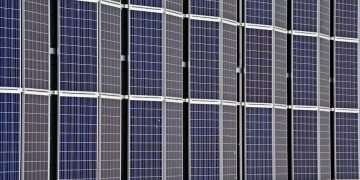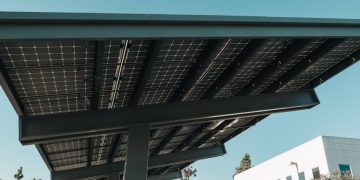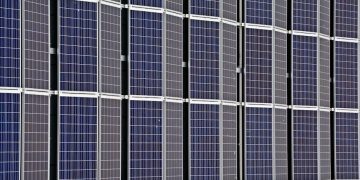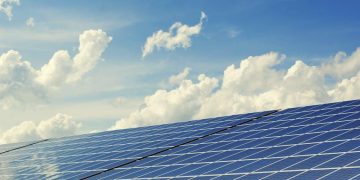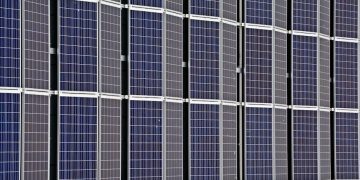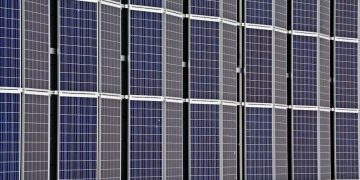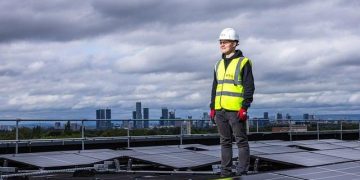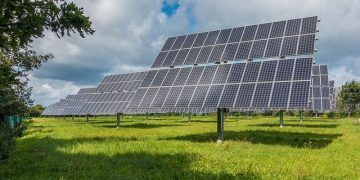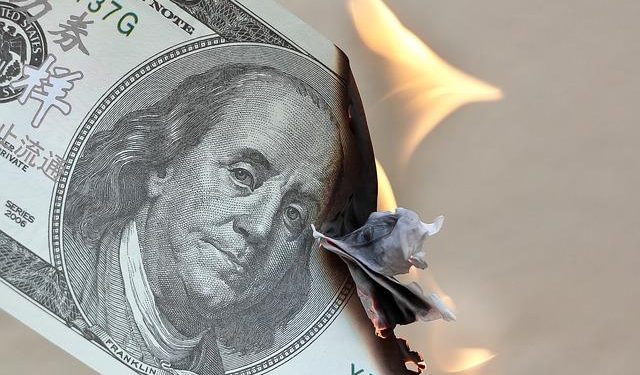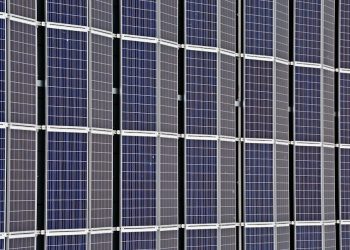In the realm of renewable energy, the sun has long been a beacon of promise, illuminating pathways to a more sustainable future. As solar panels gleam atop rooftops and stretch across sunlit fields, they symbolize not just a shift in energy consumption, but also a commitment to innovation and environmental stewardship. Yet, beneath this radiant surface lies a complex interplay of economic forces that can cloud even the brightest of prospects. Inflation, an ever-present economic phenomenon, subtly yet profoundly influences the cost of solar installations, shaping the landscape for consumers and industry players alike. This article delves into the nuanced relationship between inflation and solar installation prices, exploring how fluctuating economic currents ripple through the renewable energy sector, affecting decisions and strategies along the way. Join us as we unravel this intricate tapestry, shedding light on the economic dynamics that underpin the solar industry’s evolution.
Inflations Ripple Effect on Solar Energy Investments
- Supply Chain Disruptions: Inflation can lead to increased costs for raw materials, such as silicon, copper, and aluminum, which are crucial for manufacturing solar panels. As prices rise, suppliers may struggle to maintain their inventory levels, causing delays in the delivery of components. This disruption can lead to project postponements and increased installation costs for consumers.
- Labor Costs: As the cost of living rises, so do wages. Inflation can drive up labor expenses as companies strive to offer competitive salaries to retain skilled workers. This escalation in labor costs can further inflate the overall expenses of solar energy projects, potentially making it less attractive for some investors.
Moreover, as inflation impacts the cost of capital, investors may face higher interest rates when seeking financing for solar projects. Higher borrowing costs can diminish the appeal of investing in solar installations, as the return on investment might not be as lucrative as before. Additionally, inflation may prompt governments to adjust subsidies or incentives designed to promote renewable energy, further influencing the financial landscape of solar energy investments.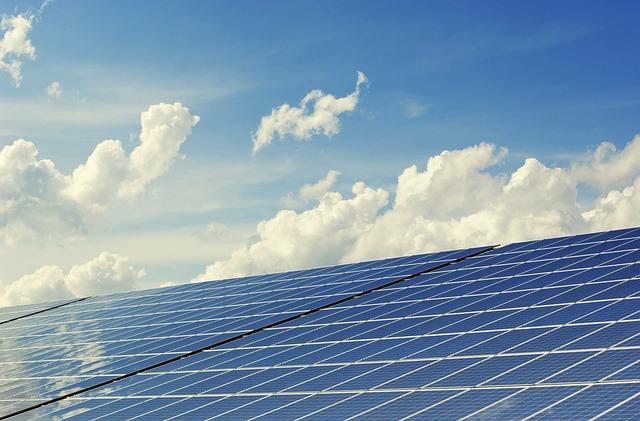
Navigating the Cost Dynamics of Solar Installations
As the global economy grapples with rising inflation, the impact on solar installation prices becomes increasingly evident. Inflation affects various components of solar installations, from raw materials like silicon and aluminum to logistics and labor costs. These elements, each sensitive to market fluctuations, contribute to the overall cost dynamics of setting up solar systems. For instance, higher transportation costs due to increased fuel prices can lead to surges in the delivery expenses of solar panels and equipment. Meanwhile, labor shortages in the construction sector, exacerbated by inflation, can drive up wages, impacting installation fees.
- Material Costs: Prices of essential materials such as silicon and aluminum may rise.
- Logistics: Transportation and shipping costs are susceptible to fuel price hikes.
- Labor: Inflation-induced wage increases affect installation expenses.
While inflation presents challenges, it also sparks innovation and adaptation within the industry. Companies are investing in more efficient technologies and streamlined processes to mitigate costs. Furthermore, incentives and tax breaks from governments can alleviate some financial pressures for consumers, making solar installations a viable option despite inflationary trends. Thus, understanding these cost dynamics is crucial for both consumers and businesses aiming to harness solar energy effectively.
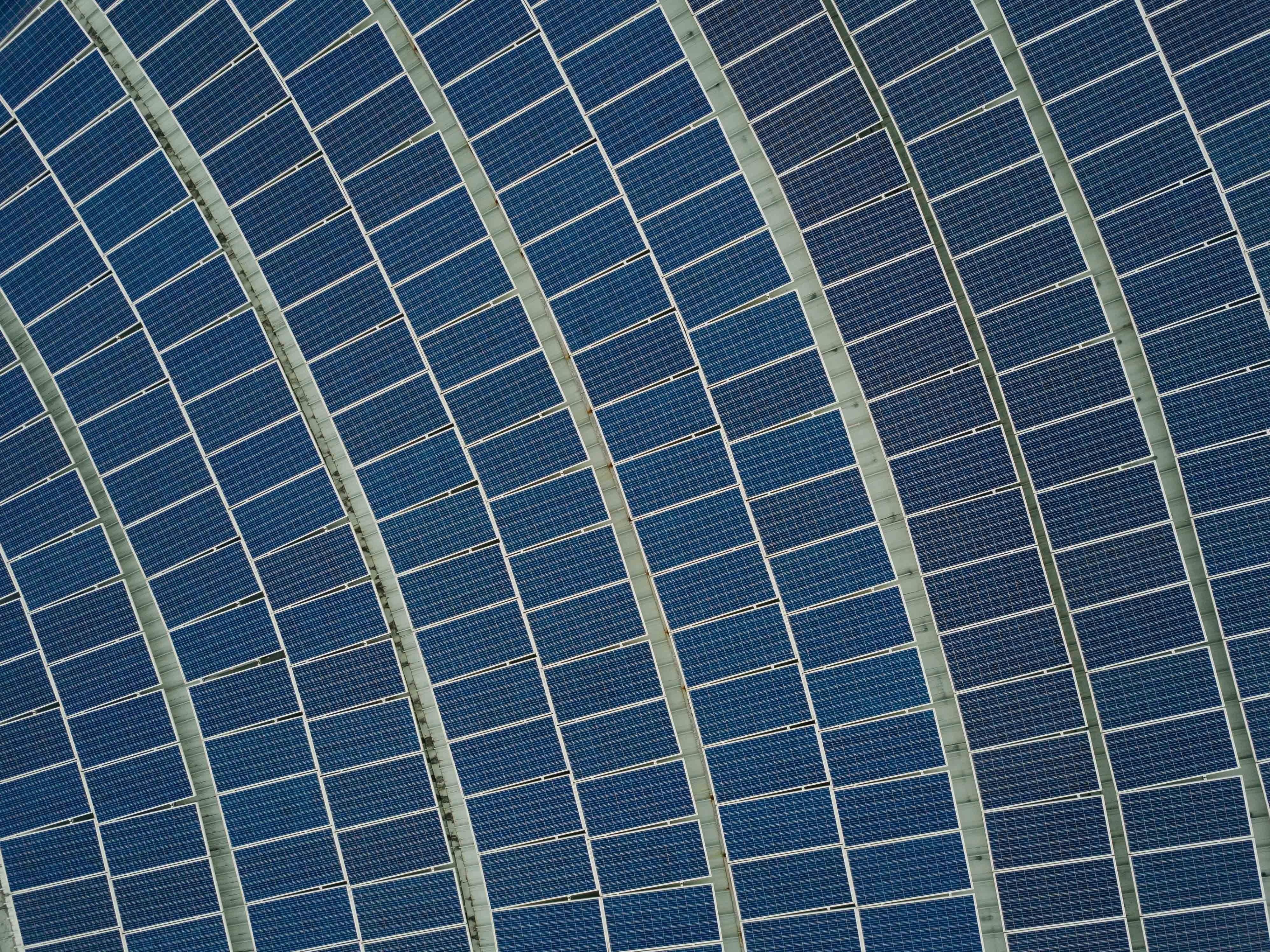
Understanding Price Fluctuations in Solar Components
The journey of solar component prices is a winding path influenced by various economic factors, including inflation. Inflation acts as an invisible hand, subtly altering the cost landscape of solar installations. When inflation rises, the prices of raw materials like silicon, copper, and aluminum often increase, leading to higher production costs. This ripple effect impacts solar panel manufacturers, who may pass on these increased costs to consumers. Additionally, transportation and logistics expenses can soar with inflation, further contributing to the volatility in solar component pricing.
- Raw Material Costs: Rising prices for essential materials such as silicon and copper.
- Manufacturing Expenses: Increased production costs due to higher labor and energy prices.
- Logistics and Transportation: Elevated costs in shipping and handling due to fuel price hikes.
While inflation undeniably affects the cost of solar installations, it’s crucial to remember that technological advancements and increased competition in the solar market can counterbalance these price increases. This dynamic interplay between economic forces and industry innovation ensures that solar energy remains an increasingly accessible option for many. Keeping a vigilant eye on these trends can help both consumers and businesses make informed decisions in the ever-evolving solar landscape.

Strategies for Mitigating Inflationary Pressures in Solar Projects
One effective approach is to negotiate long-term contracts with suppliers and manufacturers. This can help lock in prices and shield your project from sudden cost spikes in materials such as photovoltaic panels, inverters, and other essential components. Consider diversifying your supplier base to reduce dependency on any single source. This strategy not only mitigates risk but also provides leverage during negotiations, as you can compare offers and select the most cost-effective options available.
Additionally, optimizing the project design and execution can lead to significant savings. Implementing advanced technologies like smart grid systems and energy storage solutions can enhance the efficiency of solar installations, allowing you to do more with less. Streamlining the project timeline by employing agile project management techniques can also reduce labor costs, a significant factor in overall project expenses. Regularly review your project’s financial models and adjust them in response to market trends to ensure they remain robust against inflationary pressures.
The Way Forward
As we navigate the intricate dance between economic forces and technological advancements, understanding how inflation impacts solar installation prices becomes more than just a numbers game—it’s a glimpse into the future of sustainable energy. The ripples of inflation touch every corner of the solar industry, influencing decisions from manufacturing to installation. Yet, within these challenges lie opportunities for innovation, efficiency, and resilience. By staying informed and adaptable, we can harness the power of the sun without losing sight of the economic realities that shape our world. As the sun sets on today’s insights, we find ourselves at the dawn of a brighter, more sustainable tomorrow, ready to illuminate the path forward.






